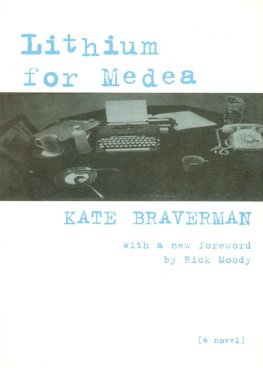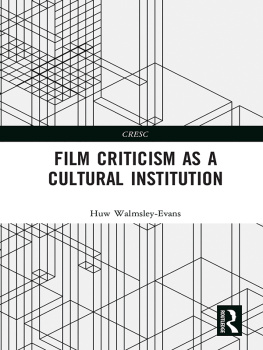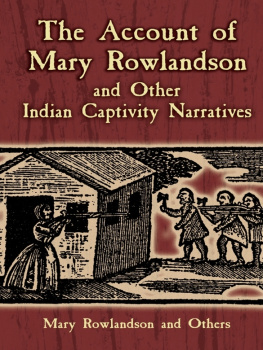Stanford University Press
Stanford, California
2013 by the Board of Trustees of the Leland Stanford Junior University. All rights reserved.
No part of this book may be reproduced or transmitted in any form or by any means, electronic or mechanical, including photocopying and recording, or in any information storage or retrieval system without the prior written permission of Stanford University Press.
Printed in the United States of America on acid-free, archival-quality paper
Library of Congress Cataloging-in-Publication Data
Braverman, Irus, 1970 author.
Zooland : the institution of captivity / Irus Braverman.
pages cm. (The cultural lives of law)
Includes bibliographical references and index.
ISBN 978-0-8047-8357-6 (cloth : alk. paper)
ISBN 978-0-8047-8358-3 (pbk. : alk. paper)
ISBN 978-0-8047-8439-9 (e-book)
1. ZoosNorth AmericaManagement. 2. Zoo animalsNorth America. 3. Human-animal relationshipsNorth America. I. Title. II. Series: Cultural lives of law.
QL76.5.N7B73 2012
590.73dc23
2012019749
Typeset by Westchester Publishing Services
Ac knowledgments
I live close to the Buffalo Zoo. Only a few hundred yards away, in fact. I can practically hear the distinct lion roars as I sit in my study and write these words. On clear days, my daughter and I see the giraffes munching hay as we sit on the curb, waiting for her school bus to arrive. Indeed, the zoo has been entangled with my familys everyday life since we moved to this house. For my little one, Tamar, not a day goes by without seeing her best friend, the lion (for some reason, Toot); my older, Ariel, is enamored with the gorillas and has been closely following the social dramas that span their lives, deaths, and births.
Besides the pleasure of writing about something that has come to mean so much for my girls, this research has also witnessed a good deal of turbulence. The world, as I was soon to find out, is in fact divided into two opposing camps: zoo lovers and zoo haters. And where are you? everyone wanted to know. After agonizing about this question for over three years, I have finally come to terms with the tensions as well as the unique perspectives gained by sitting on the fence. This is not exactly as exciting as being an animal rights activist, I admit, and for certain zoo people my position was suspect. But for the most part, zoo personnel respected me for this approach. We cant expect her to be a grant writer for the zoo association, Dr. Donna Fernandes told her staff at the Buffalo Zoo when they had returned upset from the law school after my presentation about zoos and surveillance. Donna, too, was quite upset at times. I would like to take this opportunity to deeply thank her for her dedication and for her support of this project for the last three years.
I would also like to sincerely thank Kristen LukasGorilla SSP coordinator and curator of conservation and science at Cleveland Metroparks Zoowhose openness and generosity touched my heart during the most frustrating phases of this project. My gratitude also extends to all the interviewees, who have patiently described their work to me amid their immensely busy schedules. I would like to especially thank Judith Block, emeritus of the Smithsonians National Zoo, Jim Breheny of the Bronx Zoo, zoo designer Jon Coe, William Conway of the Wildlife Conservation Society, Lee Ehmke of the Minnesota Zoo, Roby Elsner of Zoo Miami, Elaine Huddleston of the Louisville Zoo, Rob Laidlaw of Zoocheck Canada, Sarah Long of the Population Management Committee at the Saint Louis Zoo, Randi Meyerson of the Toledo Zoo, Jean Miller of the Buffalo Zoo, William Rapley of the Toronto Zoo, Rachl Watkins Rogers of Zoo Miami, and Tara Stoinski of Zoo Atlanta, as well as Dan Wharton, formerly of the Central Park Zoo, and Robert Wiese of the San Diego Zoo, for showing me into their world. Very special thanks are also due to those who have provided helpful comments on the manuscript: Donna Fernandes, for commenting on the entire manuscript; Kristen Lukas, for commenting on the introduction, .
From the many colleagues who have helped me in various stages of this project, I would especially like to thank David Delaney, who provided invaluable insights on the manuscript in various stages; Guyora Binder, who has always encouraged me to find a balance between empirical research and theory; David Murakami Wood, who kindly led me through the rocky frontiers of zooveillance; Jack Schlegel, who diligently read and commented on every single draft, and always with great humor; and Errol Meidinger, whose feel for politics assisted me through the difficulties of writing an ethnography of an institution that does not readily open its doors to strangers. Many thanks also to Jody Emel, David Engel, Ariel Handel, Randy Malamud, Lynda Schneekloth, and Winnifred Sullivan for their advice on various aspects of this book in different phases. Editor Kate Wahl of Stanford University Press was an enthusiastic supporter of this project from the day it was submitted to her press. Her comprehensive comments were instrumental in making this a much more readable book than it could have ever been otherwise. I am especially indebted to the many research assistants who have helped me fine-tune this work. My research assistant Joseph Holler deserves a very special acknowledgment here, as someone whose curiosity and engagement have made even the dreariest of moments in the editing process into a worthwhile intellectual experience.
I feel blessed to have had the support of each one of the special people I acknowledged, and so many others whom I may have inadvertently neglected. Although this book would not have existed without them, I am solely responsible for its contents.
Finally, many thanks to my family for their love and support. To my life partner, Gregor Harvey, who read through numerous drafts and listened patiently to my complaints, debates, and revelations, and to my two daughters, Tamar and Ariel, who were (almost) always excited to visit yet another zoo. I would like to dedicate this book to my precious Arielin Hebrew, Lion of God: may you always be open to the wonders of life, neshama sheli, my soul.
...
Portions of this book have been adapted from previously published articles and chapters with permission: Looking at Zoos, in Cultural Studies; States of Exemption: The Legal and Animal Geographies of American Zoos, in Environment and Planning A; Zoo Registrars: A Bewildering Bureaucracy, in Duke Environmental Law & Policy Forum; Zooveillance: Explorations in Captive Animal Management, in Surveillance & Society; and Zootopia: Utopia and Dystopia in the Zoological Garden, in Earth Perfect? Utopia, Nature, and the Garden, edited by Annette Giesecke and Naomi Jacobs (Kentucky: Black Dog Press, 2012).










